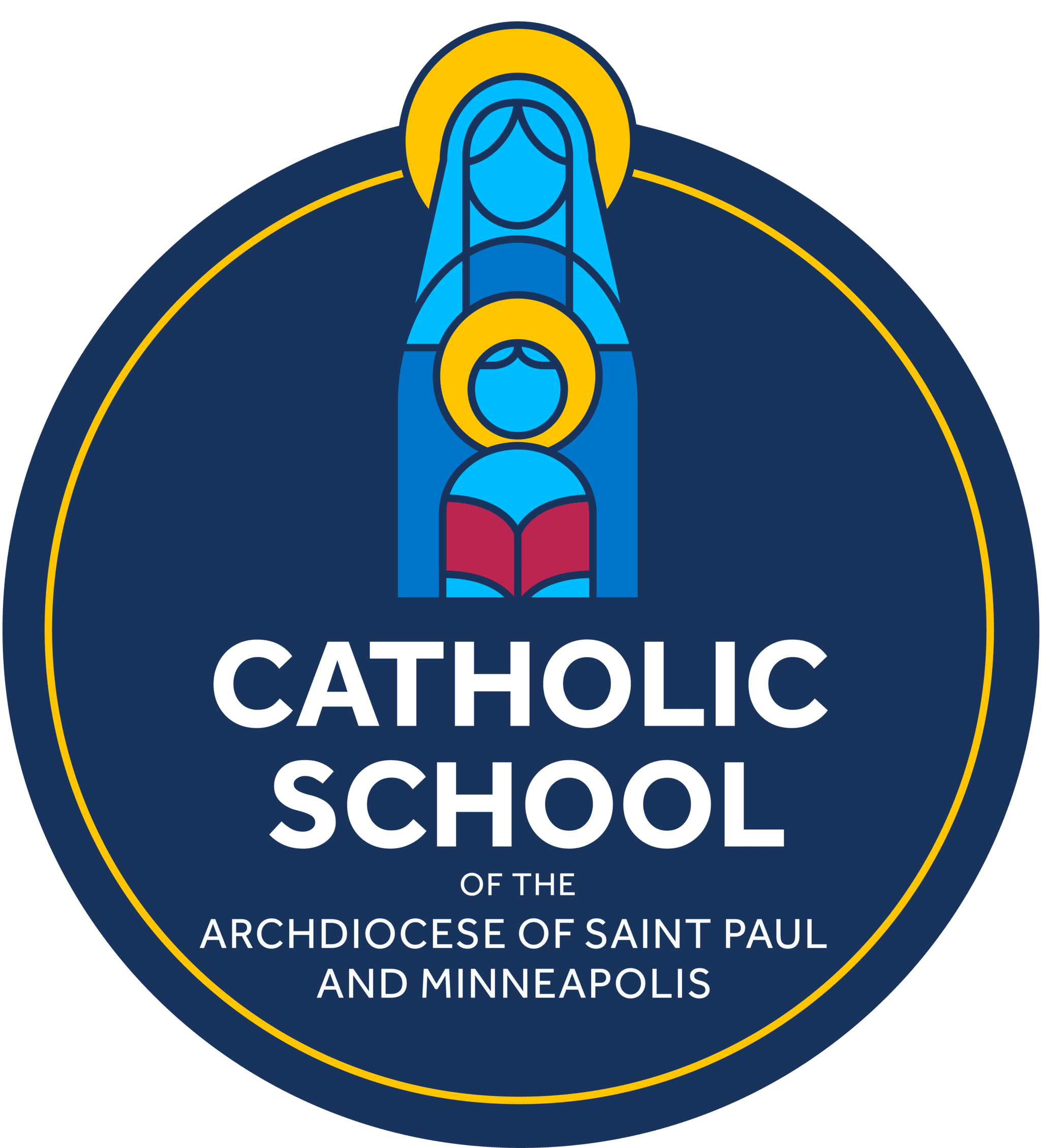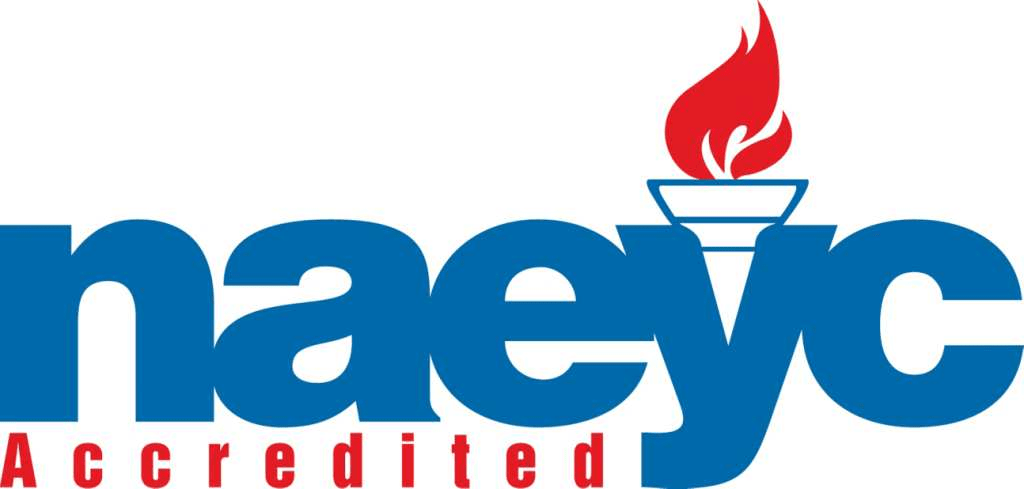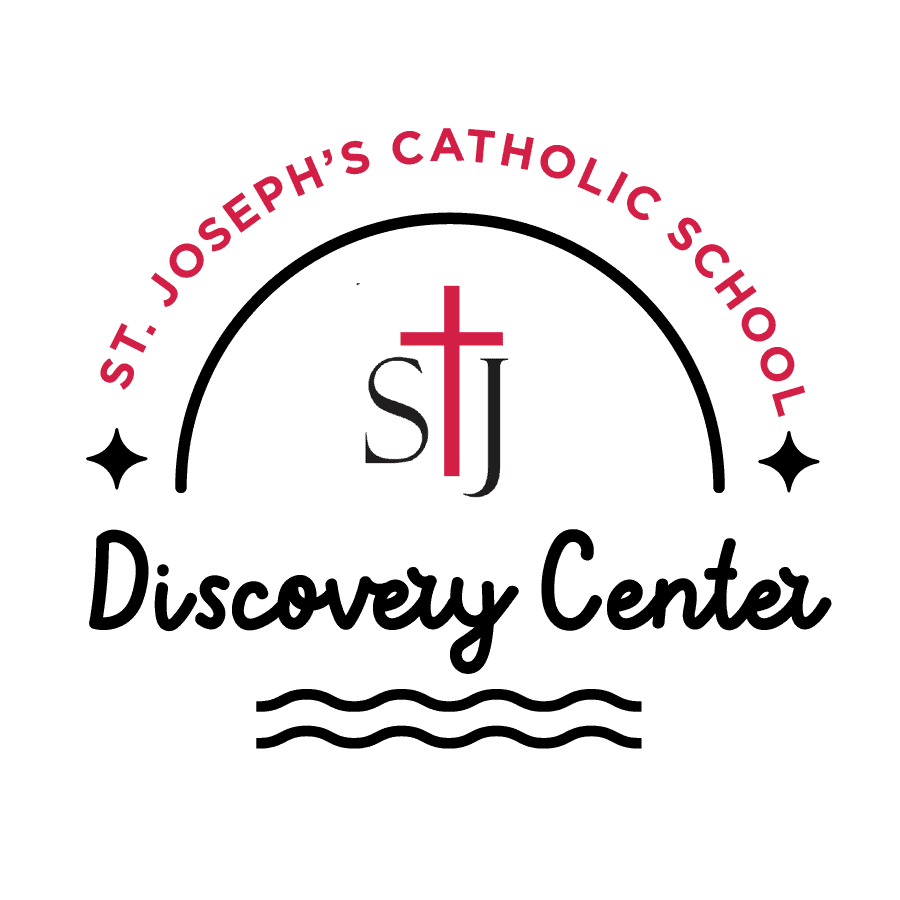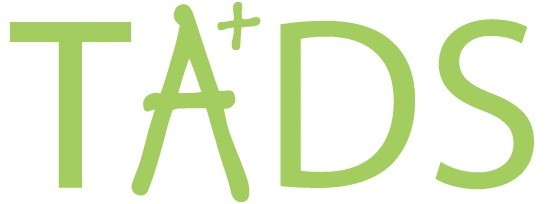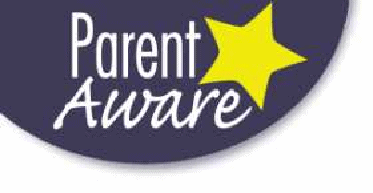Our C-STEM curriculum encourages cooperative and problem-solving strategies to thrive in an ever-changing world. It allows students to use their natural curiosity to learn more about their world while becoming more independent thinkers and learners. C-STEM curriculum is integrated throughout all subject areas. This curriculum lends itself to engaging and exciting learning experiences.
The Faith journey of a kindergartener involves listening to bible stories, learning prayers, singing religious songs, learning about the miracles Jesus performed and the works of our saints. Students learn to open their hearts and minds to listen and follow God in their actions and in their words. Students learn about God and his works by attending Mass weekly, praying the rosary and attending adoration. Students learn to see their faith in all aspects of their life.
Exploration, observation and discovery help kindergarten students learn about: weather, forces and motion, plants and animals.
Earth Science Unit 1: Weather
In the “Exploring My Weather” unit, students discover that different objects have different temperatures. Investigations on precipitation, wind, and clouds introduce students to the different types of weather conditions. Students also explore ways of measuring rainfall, wind velocity, and cloud cover qualitatively by using their senses, as well as quantitatively by using measurement tools, such as thermometers and rain and wind gauges. Students learn to connect temperature with forms of precipitation and to begin predicting weather from observations. Seasonal changes in weather are explored near the end of the unit. Finally, students begin to understand the importance of weather forecasting and planning for weather conditions and severe weather events. Students learn to be weather watchers!
Physical Science Unit 2: Forces and Motion
In the “Exploring Forces and Motion” unit, students discover that the motion of an object is the result of forces—pushes and pulls. They will find that they can make an object move, slow, and stop by exerting forces. Students investigate the effect of applying forces in different directions and of different strengths on the speed and direction of the motion of moving objects. Students will come to understand the part that forces play in their daily lives.
Life Science Unit 3: Plants and Animals
In this unit, students discover that living things are different from non-living things. They also learn that living things have common characteristics shared by all plants and animals. These include growth and reproduction and basic needs for life. At the same time, each type of plant and animal has some unique characteristics that make them different from other living things on Earth. Students participate in activities that allow them to plant seeds, care for a fish, and set up classroom environments to house insects. Observations, drawings, and discussions about these and other plants and animals documented in videos or photos help students begin to understand the amazing variety and inter-connections of all life in our world.
Online resources are used to aide kindergarteners in understanding the topics being taught this year. They include www.brainpopjr.com, www.mysterydoug.com and www.mysteryscience.com. Brainpopjr has short videos about topics being learned with factual information and a short quiz at the end to check for understanding. Mystery Doug answers questions from students around the world that have questions about different science topics. Mystery science is a website that takes topics and breaks them down into learning videos, examples and hands on activities/challenges for students to discover and complete.
iPads, a document camera, SMART Board, and a voice projection system are used daily in kindergarten. Students are experiencing how to use and learn from these types of technology. Kindergarten students use Learning.com, iRead and other learning games and apps to develop their technology skills.
Here are some of the websites we access:
Kindergarteners are taught about the engineering design process in SMARTLab, an engaging program where students explore STEM and media arts through applied technology and project-based learning. They learn how to act like an engineer, using the engineering process and the 4-Cs, creativity, critical thinking, communication, and collaboration to solve challenges. The kindergarteners are given hands-on design challenges in the Smart Lab, as well as in their own classroom; examples include K’Nex, Zoob tools, Zome tools, etc. Students also have an opportunity to use computer programs such as Flipbook, Paint, Animation-Ish, and coding.
Manipulatives, online learning, centers, learning games, books, open-ended questioning, and student-led learning are just a few of the ways math is being taught in kindergarten. Students are learning to work on understanding numbers 1-10, five groups in numbers 6-10, teen numbers in tens and ones, partners, problem drawings, and tens along with the consolidation of concepts. Students learn concepts through additional resources such as books, music, songs, whiteboards, number mats, and online videos/activities.
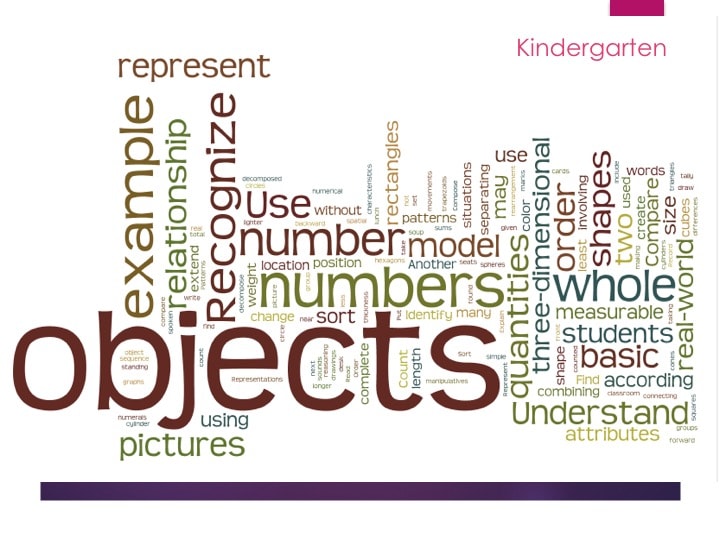
Our students are guided through a yearlong word-study on letter identification and sounds, word recognition, phonemic awareness, developing and mastering reading skills and comprehension. Students are learning through oral and written language in daily activities using listening skills during group and individual work time. When working on written skills in grammar and writing students use Houghton Mifflin Journeys. Students are assessed frequently to check for understanding. In kindergarten, students participate in reading groups which are parent-led, and they use an online, individualized reading program called, “i-Read”. Kindergarteners discover that READING IS EVERYWHERE! Students visit the school library and have a chance to listen to stories, learn about literature and check out age-appropriate books.
GROVES ACADEMY
Kindergarten students encounter daily phonics instruction through our partnership with Groves Academy and the Believe and Read initiative through the Catholic Schools Center of Excellence. Students receive instruction in phonemic awareness, letter identification, sound recognition and letter formation. The Groves Literacy Framework, which was developed at Groves Academy, uses an Orton-Gillingham-based curriculum and is rooted in decades of literacy and brain research. St. Joseph School believes that students learn best when instruction is direct, sequential, multi-sensory, and addresses individual strengths and challenges.
Students identify, create, share, participate and understand the world around them. Students learn to participate in daily routines, create rules, and identify the city, state and country we live in. Students identify United States symbols and landmarks. Through service projects and helping others students learn to become a good friend and neighbor. Our students participate in a program called Junior Achievement and learn about wants vs. needs.

